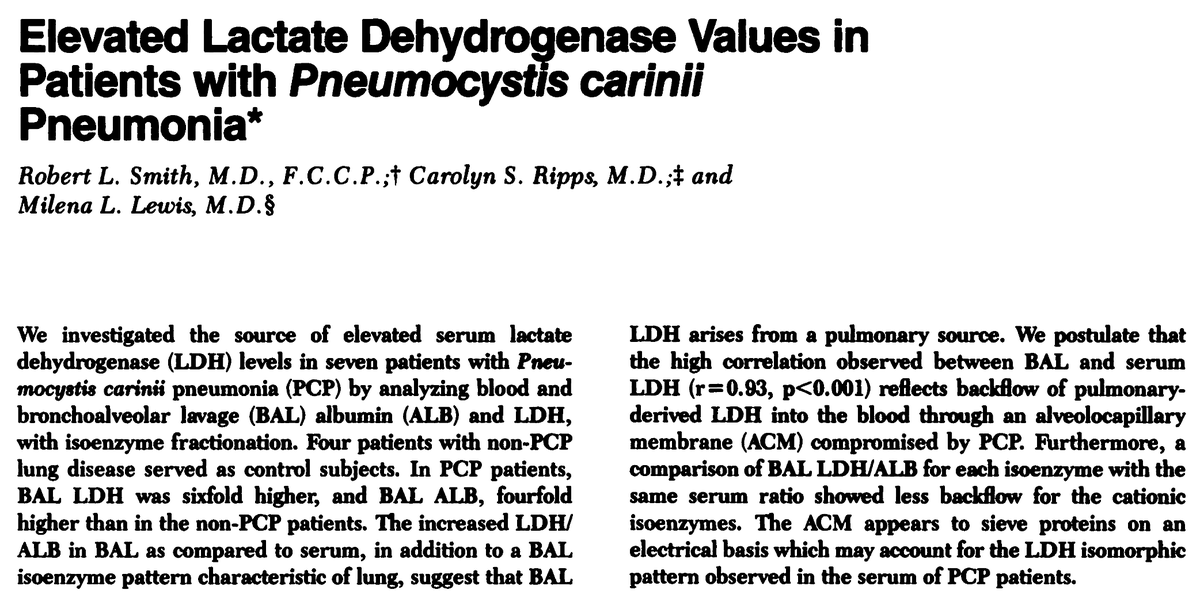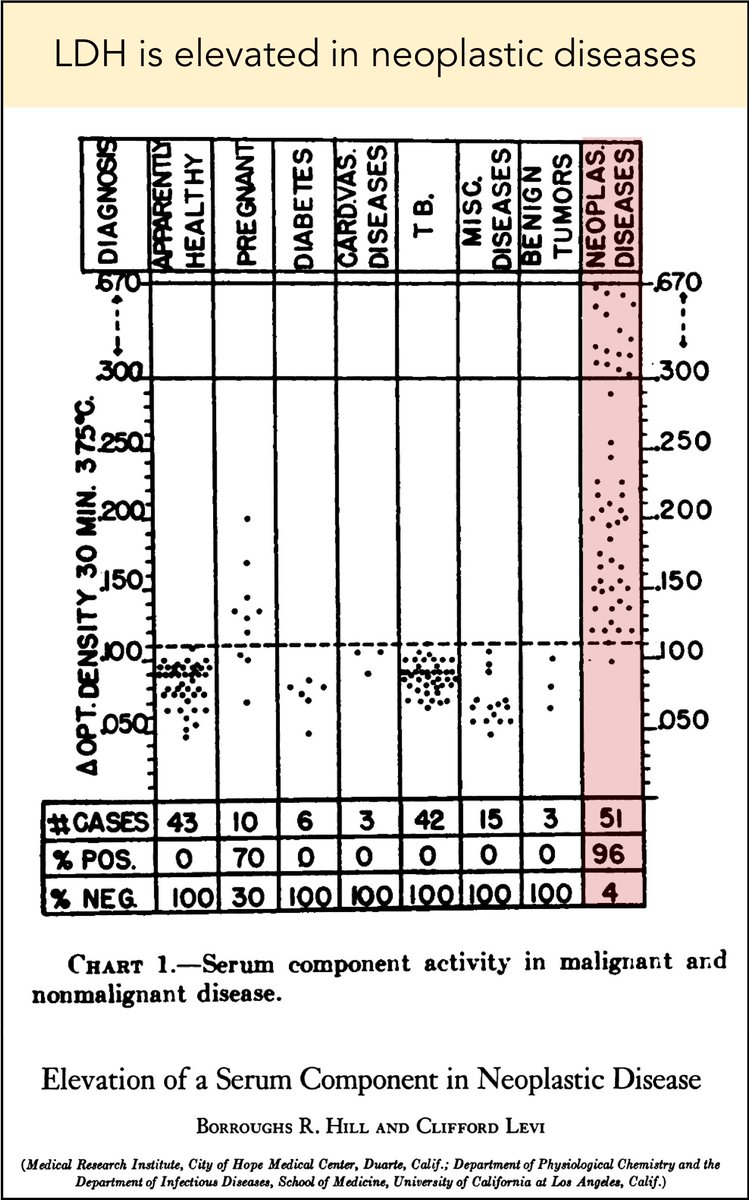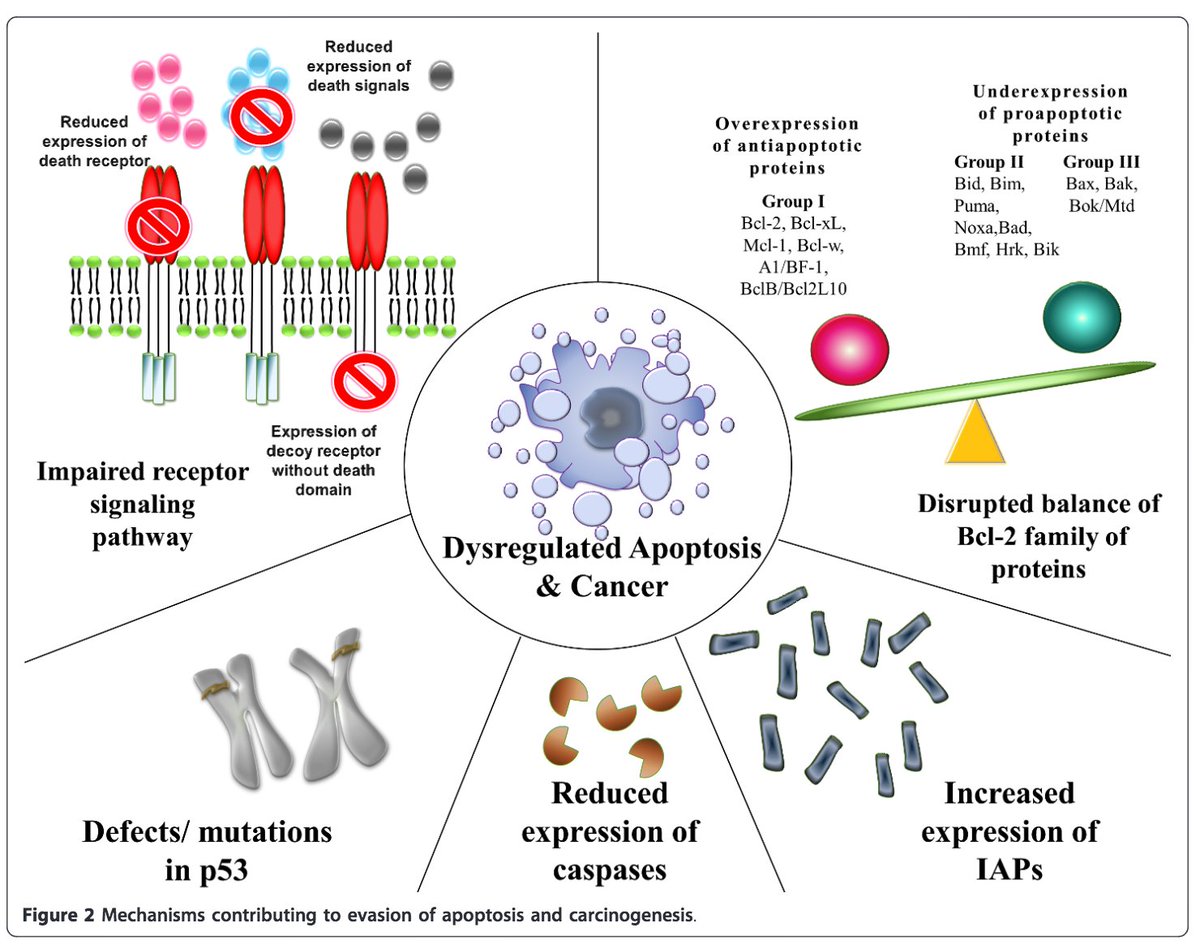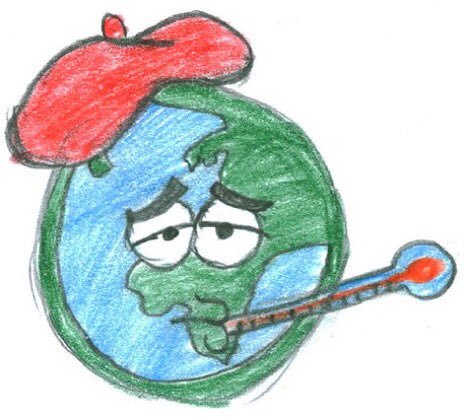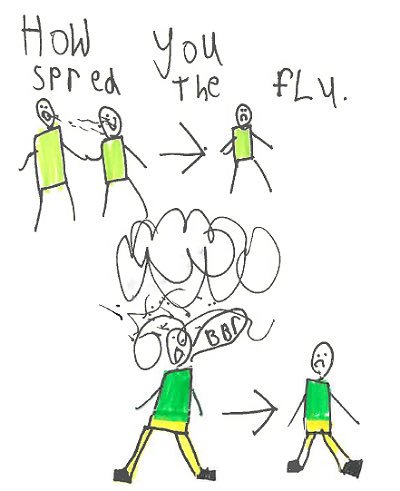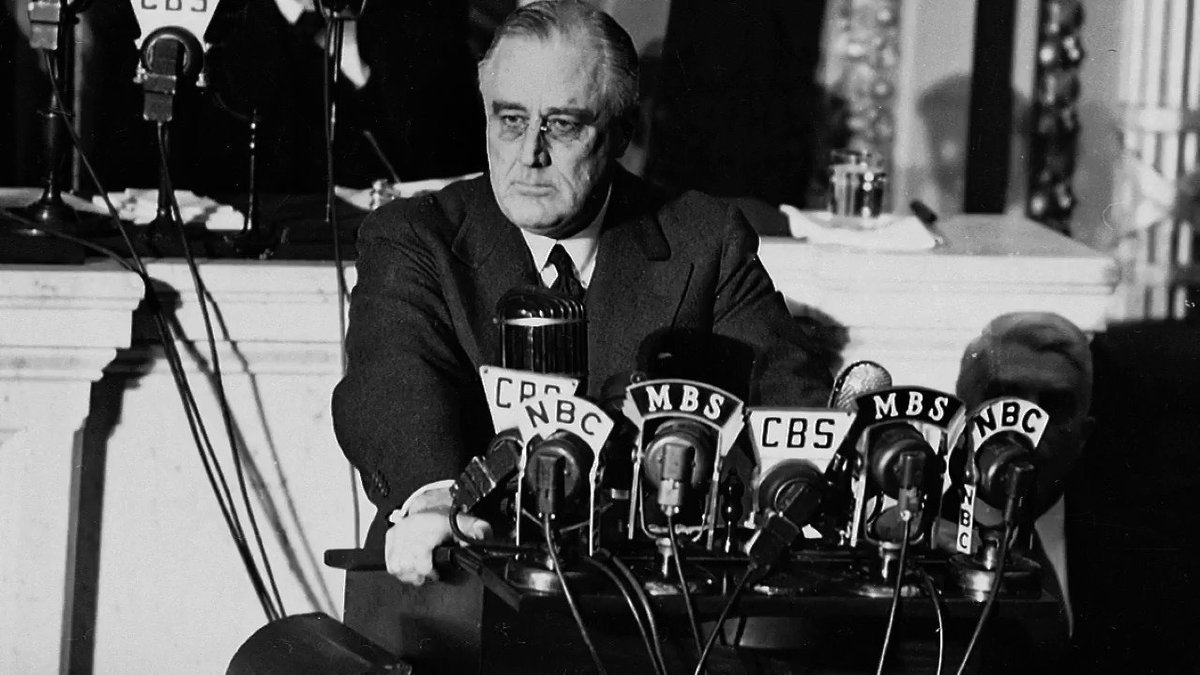Why does influenza have a "seasonal" trend with a winter peak?
As we enter flu season in the United States, it's worth asking what changes in the winter to allow influenza to infect so many.
What's your hypothesis?
Let's start by confirming what many of you have experienced.
Yes, in the temperate climates of the northern hemisphere, influenza is most prevalent in winter months.
Check out this amazing interactive dashboard that the CDC manages.
gis.cdc.gov/grasp/fluview/…
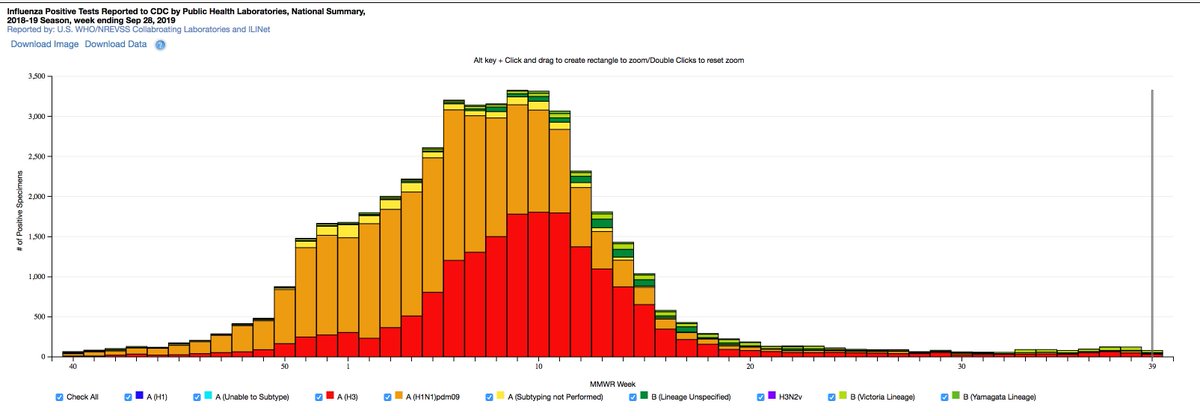
What is it about winter?
Is it that winter conditions somehow allow for more viral transmission/infection
or
Is it that transmission/infection are similar, but influenza just isn't "around" in the non-winter months?
The CDC data shows that influenza doesn't disappear in the summer.
Instead, it's likely that the virus has increased transmission and/or infection in the winter.
In 1963, transmission rates were shown to be higher in winter (58%) than summer (34%).
jem.rupress.org/content/118/2/…

What about winter might increase transmission?
In 2007, research on guinea pigs showed that low relative humidity (RH) and colder temperatures favor virus transmission.
Cold and dry? Sounds a lot like winter!
journals.plos.org/plospathogens/…
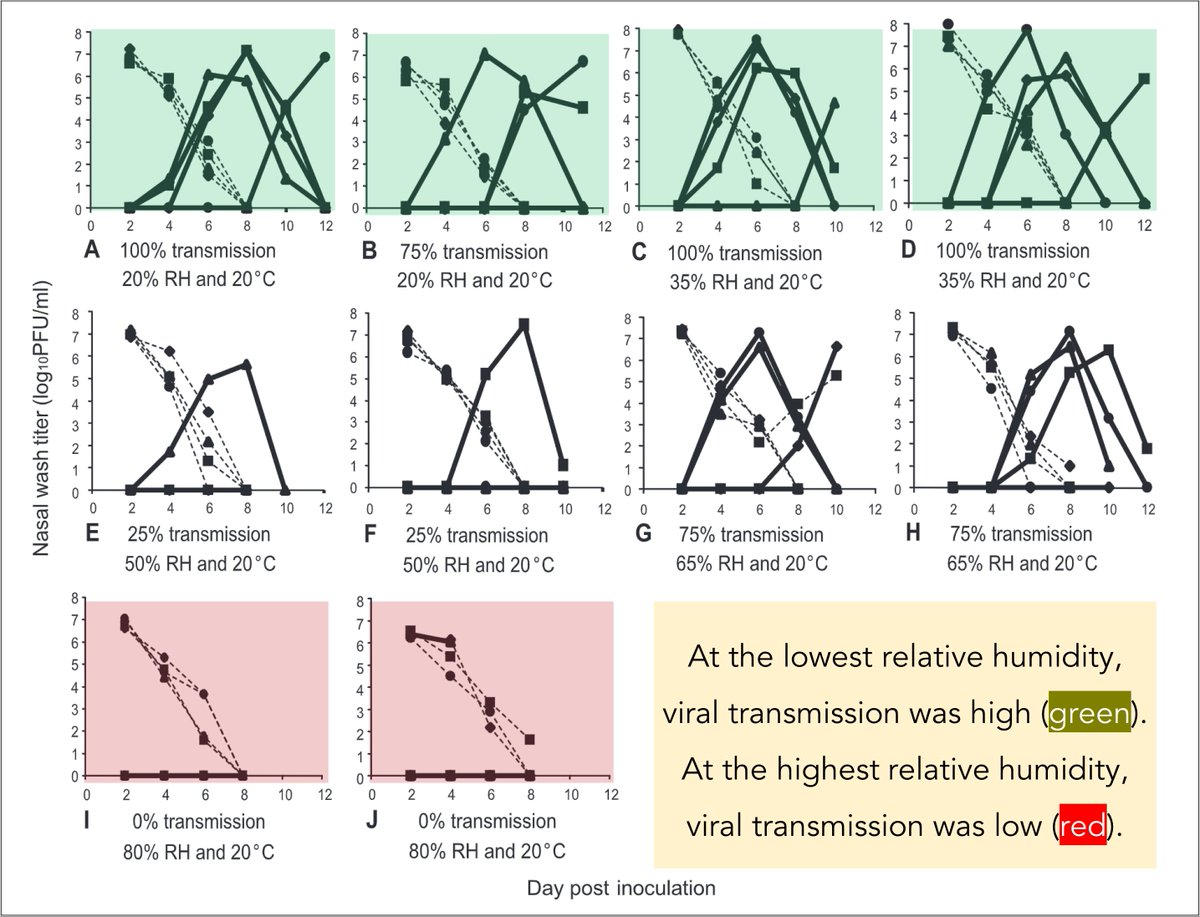
Let's examine the role of humidity. One potential explanation relates to the host and two to the virus:
• dry air leads to mucosal susceptibility (host)
• viral particles are more stable at low RH (virus)
• smaller respiratory droplets don't settle (virus)
A 1976 study showed that influenza was maximally stable at low RH (20-40%), minimally stable at mid-range RH (50%), and moderately stable at high RH (60-80%).
Interpretation: Indoor RH is low in the winter, leading to a stable virus.
link.springer.com/article/10.100…
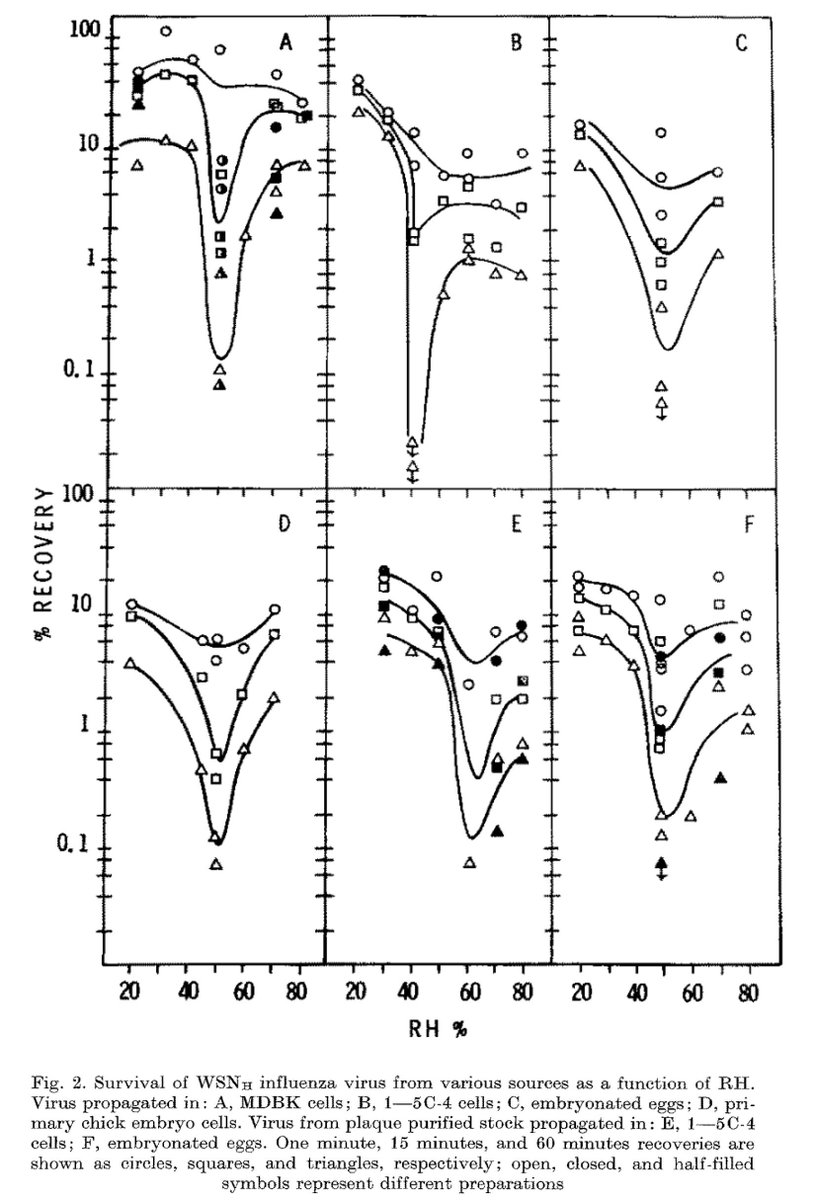
As for respiratory droplets size, here's the hypothesis:
• low RH leads to evaporation of water
• evaporation leads to smaller droplets
• smaller droplets remain suspended longer
• this offers more time for inhalation/infection
royalsocietypublishing.org/doi/10.1098/rs…
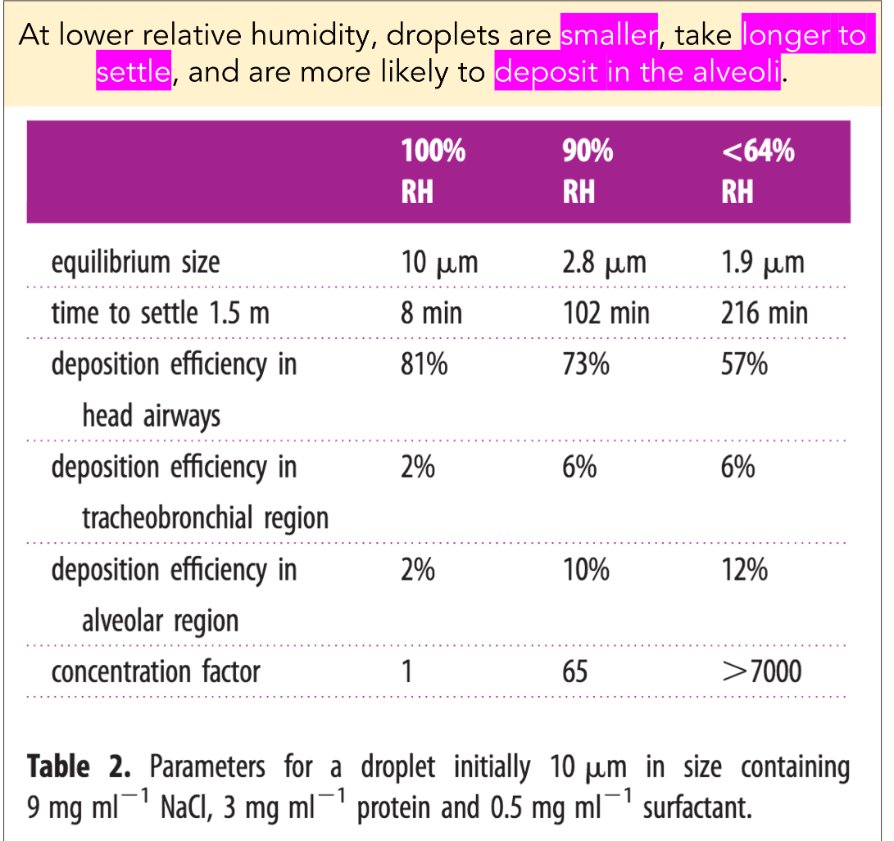
There are even studies showing that the addition of a humidifier to classrooms results in a reduction in the number of influenza virus-positive samples and viral genome copies.
There were also fewer cases of influenza-like illnesses.
journals.plos.org/plosone/articl…
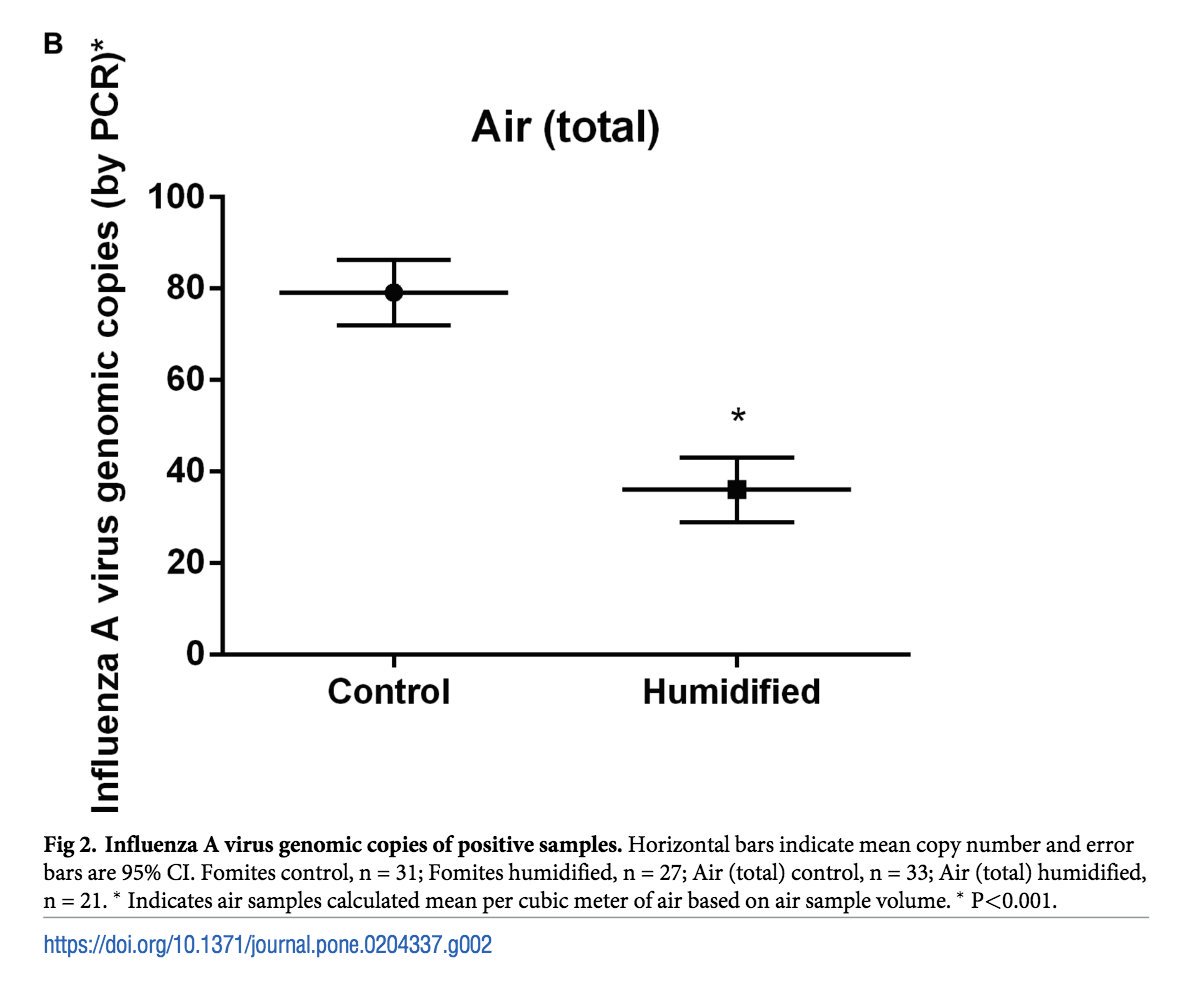
As with humidity, the effect of temperature likely derives from both host and viral factors.
One hypothesis is that the cold inhibits the mucociliary clearance of influenza, predisposing humans to infection.
tandfonline.com/doi/abs/10.108…
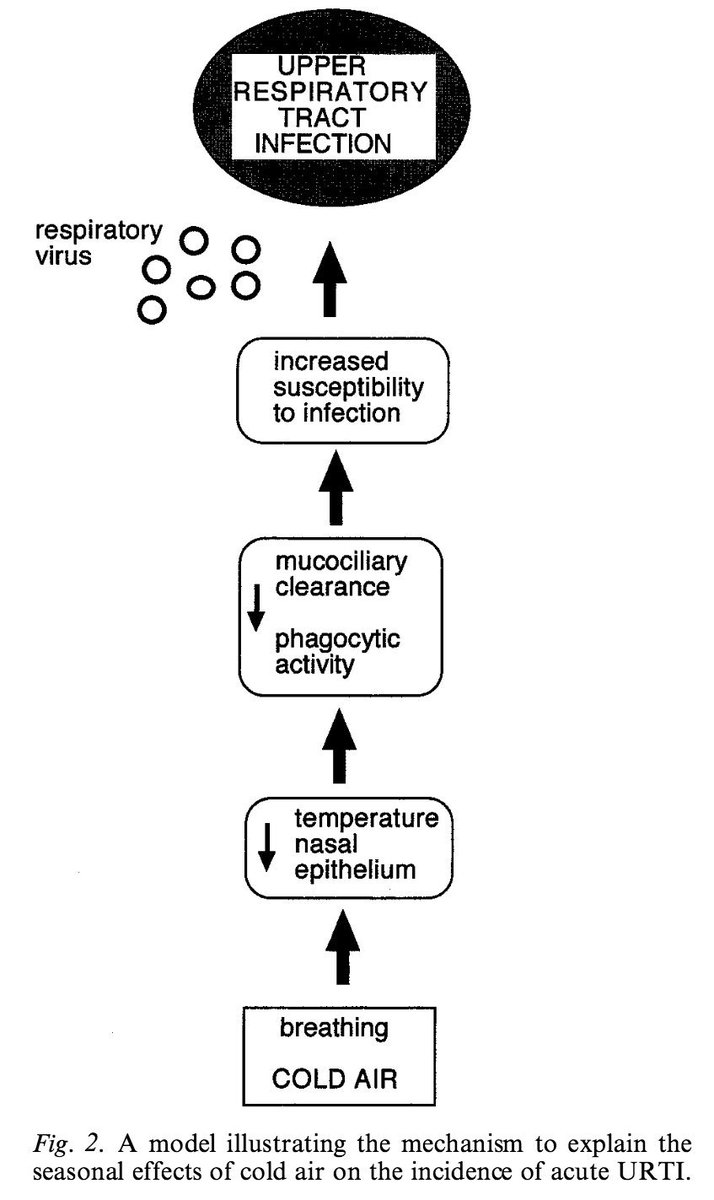
There are many other proposed mechanism for influenza peaking in winter, including:
• ↑ indoor crowding
• ↓ vitamin d
• ↓ melatonin
• ↓ UV indices
While the cause is multi-factorial, humidity and temperature are seen as most relevant.
jvi.asm.org/content/81/11/…
Based on our discussions above, what would you predict influenza trends look like in equatorial tropical climates?
As you move closer to the equator, and the climate has less variability, influenza cases becomes more constant.
And rarer.
But, it's definitely. there.
journals.plos.org/plosmedicine/a…
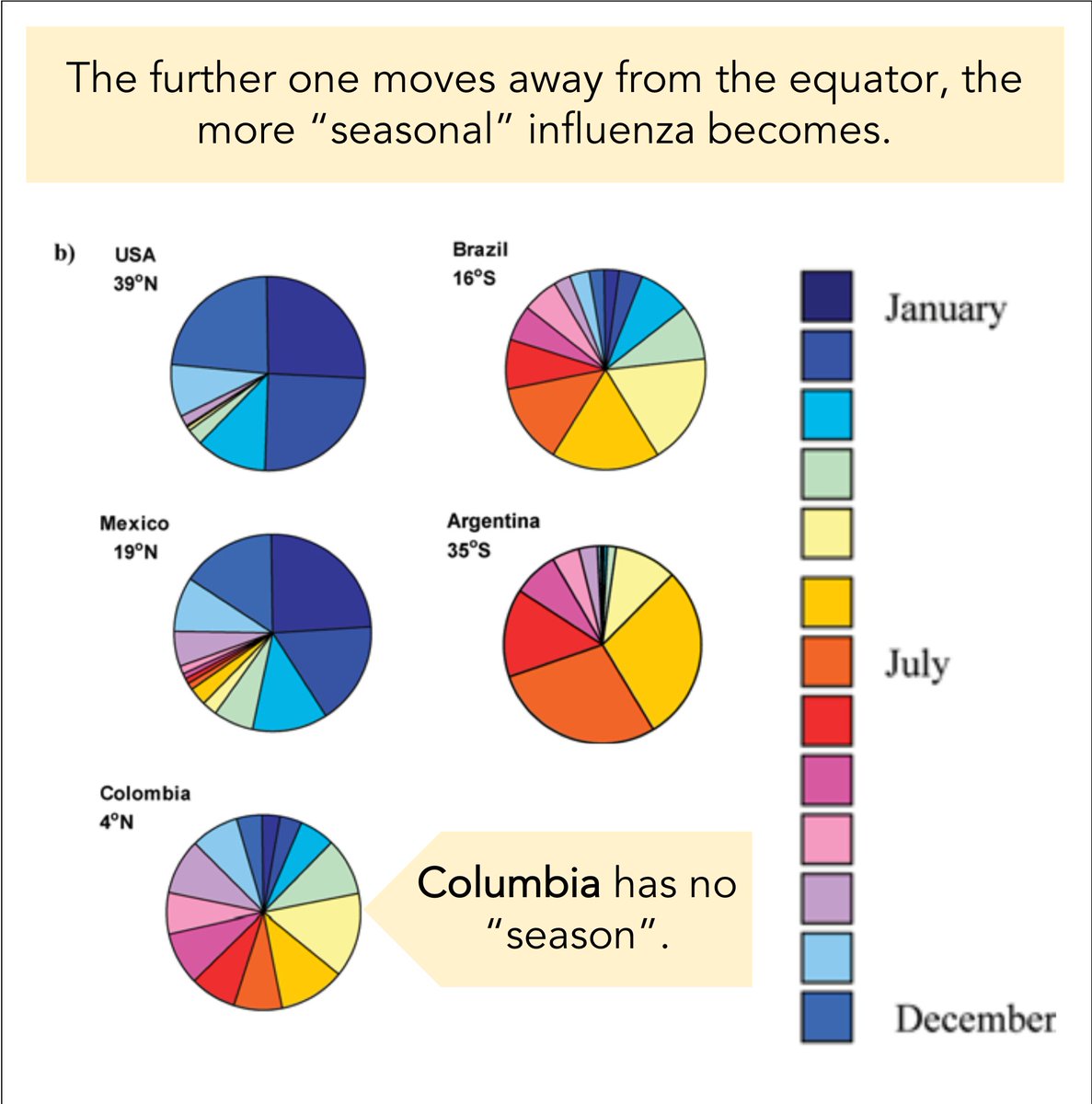

💥Why does influenza have a "seasonal" trend with a winter peak?💥
➢ winter is dry and cold
➢ decreased humidity promotes viral stability and droplet suspension ➔ increased transmission
➢ tropical climates have less of a true flu season


